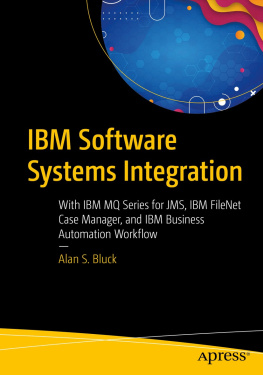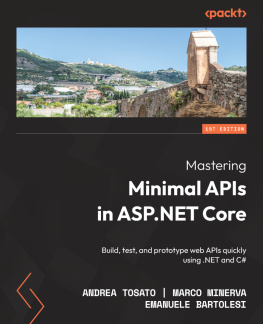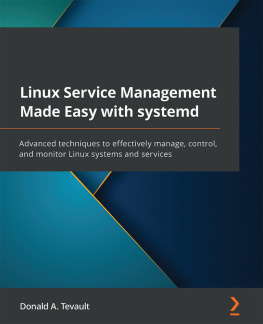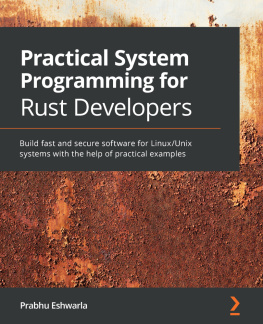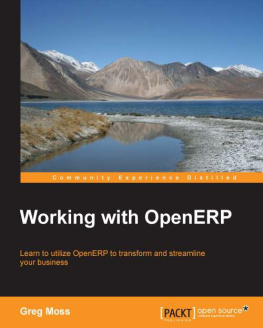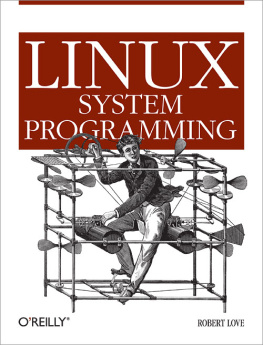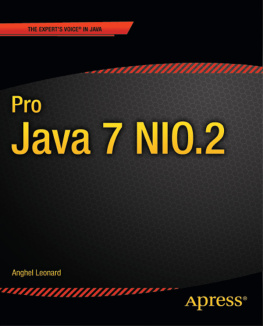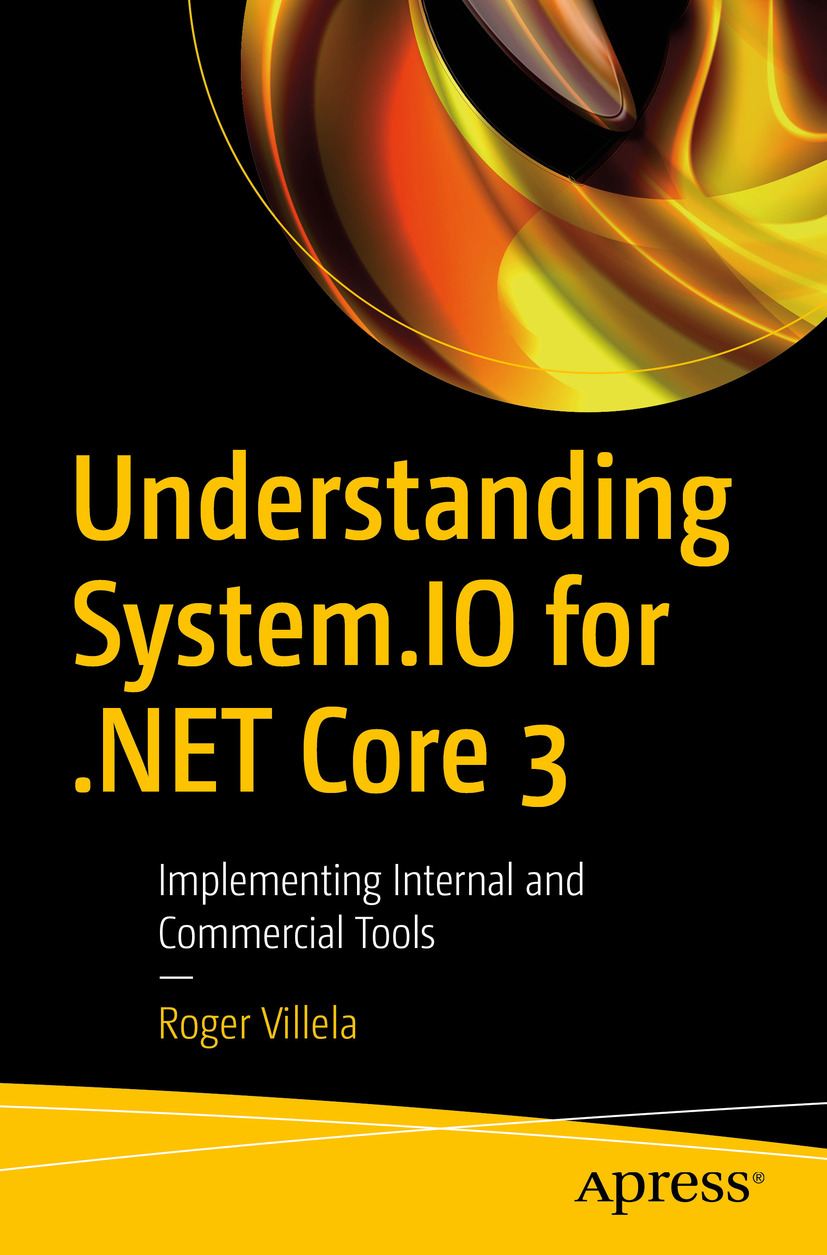Roger Villela - Understanding System.IO for .NET Core 3: Implementing Internal and Commercial Tools
Here you can read online Roger Villela - Understanding System.IO for .NET Core 3: Implementing Internal and Commercial Tools full text of the book (entire story) in english for free. Download pdf and epub, get meaning, cover and reviews about this ebook. year: 2020, publisher: Apress, genre: Computer. Description of the work, (preface) as well as reviews are available. Best literature library LitArk.com created for fans of good reading and offers a wide selection of genres:
Romance novel
Science fiction
Adventure
Detective
Science
History
Home and family
Prose
Art
Politics
Computer
Non-fiction
Religion
Business
Children
Humor
Choose a favorite category and find really read worthwhile books. Enjoy immersion in the world of imagination, feel the emotions of the characters or learn something new for yourself, make an fascinating discovery.
- Book:Understanding System.IO for .NET Core 3: Implementing Internal and Commercial Tools
- Author:
- Publisher:Apress
- Genre:
- Year:2020
- Rating:5 / 5
- Favourites:Add to favourites
- Your mark:
Understanding System.IO for .NET Core 3: Implementing Internal and Commercial Tools: summary, description and annotation
We offer to read an annotation, description, summary or preface (depends on what the author of the book "Understanding System.IO for .NET Core 3: Implementing Internal and Commercial Tools" wrote himself). If you haven't found the necessary information about the book — write in the comments, we will try to find it.
Take full advantage of the .NET APIs in System.IO to achieve fundamental I/O operations and produce better quality software.
Youll start with the basics of creating a .NET Core custom library for System.IO. You will learn the purpose and benefits of a custom cross-platform .NET Core library along with the implementation architecture of the custom library components. Moving forward, you will learn how to use the .NET APIs of System.IO for getting information about resources. Here, you will go through drives, directories, files, and much more in the .NET API.
Youll discuss manipulation of resources and the environment, where you will learn how to build custom IO actions for resource manipulation followed by its properties and security. Next, you will learn special .NET API operations with System.IO with demonstrations on working with collection of resources, directories, files, and system information. Finally, you will go through the managed and unmanaged streams in the .NET API such as memory stream, file stream, and much more.
After reading Understanding System.IO for .NET Core 3, you will be able to work with different features of .System.IO in .NET Core and implement its internal and commercial tools for different I/O scenarios.What You Will Learn
- Discover the inner workings of the System.IO BCL implementation on the .NET Core platform
- Work with System.IO mechanisms available through the .NET Core platform
- Write a custom library that encapsulates .NET APIs from System.IO Design and implement various tools in System.IO
Who This BookIsFor
Developers with prior experience of working in .NET or .NET Core.
Roger Villela: author's other books
Who wrote Understanding System.IO for .NET Core 3: Implementing Internal and Commercial Tools? Find out the surname, the name of the author of the book and a list of all author's works by series.



